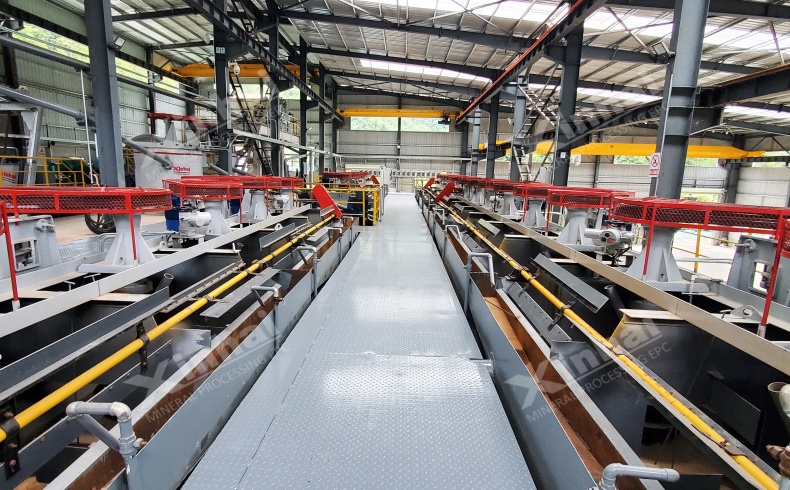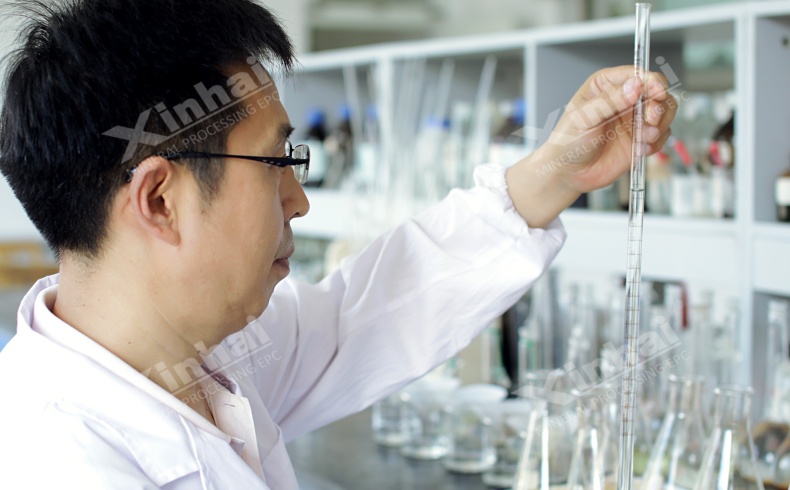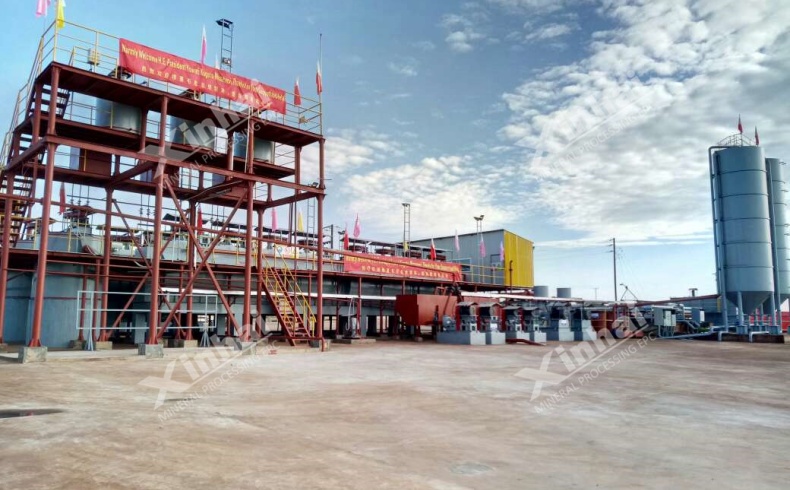If you want to know more information (such as product/process price, etc.), please contact us 24-hour telephone
Introduction
Complex phosphate beneficiation is a specialized discipline in mineral processing, addressing the challenges of separating valuable phosphate minerals from intricate ore matrices containing silica, carbonates, and other impurities. As high-grade phosphate reserves dwindle, optimizing these processes has become essential for sustainable mining. At XinhaiMining, we combine cutting-edge technology with decades of expertise to deliver tailored EPCM+O solutions for complex phosphate processing. This article explores proven methodologies, reagent systems, and operational best practices to maximize recovery and profitability in challenging phosphate deposits.
Success in complex phosphate beneficiation hinges on aligning separation techniques with ore characteristics. Below, we dissect the four primary flotation approaches and their applications.
Ideal for siliceous phosphate ores (e.g., apatite-quartz blends):
Mechanism: Depress silica using sodium silicate, then float phosphate with fatty acid collectors.
Advantage: Achieves 85–92% P₂O₅ recovery in ores with >15% phosphate content.
For calcareous ores (e.g., phosphate-dolomite systems):
Strategy: Float carbonate gangue using amine collectors (pH 4–6), leaving phosphate-rich underflow.
Case Study: A Xinhai-designed reverse flotation system in Jordan reduced MgO content from 5.2% to 1.8% in final concentrate.

For mixed siliceous-calcareous ores:
Two-stage Process:
3.1. Direct flotation removes silica using starch depressants.
3.2. Reverse flotation eliminates carbonates via sulfuric acid conditioning.
Efficiency: Combined recovery rates reach 78–85% for ores with 12–18% P₂O₅.
For ultra-low-grade ores (<10% P₂O₅):
Methodology:
First reverse flotation discards silicates.
Second reverse flotation targets residual carbonates.
Outcome: Concentrate grade improves by 40–60%, enabling economic viability.
Tailored reagent regimes are the backbone of successful complex phosphate beneficiation. Xinhai’s R&D team has pioneered formulations for diverse ore challenges.
Fatty Acids (Oleic acid, tall oil): Hydrophobize apatite in direct flotation (pH 9–11).
Cationic Amines (Dodecylammonium chloride): Float dolomite/calcite in reverse flotation.
Hybrid Collectors: Combine anionic/cationic agents for mixed ores, reducing reagent costs by 15–20%.
Sodium Silicate: Inhibits quartz via silicate gel formation (dosage: 500–1,500 g/ton).
Lignosulfonates: Suppress dolomite by masking Ca/Mg sites (pH 6–7.5).
Starch Derivatives: Preferentially coat phosphate surfaces in reverse flotation circuits.
MIBC: Generates stable 0.5–1 mm bubbles for improved mineral-bubble attachment.
pH Control:
Lime: Stabilizes silica depression (pH 10–11.5).
Sulfuric Acid: Activates carbonate flotation (pH 4.5–5.5).

Mineralogy: QEMSCAN® analysis identifies apatite variants (francolite vs. collophane).
Liberation Studies: Determine optimal grind size (typically 75–106 μm).
Evaluate 3–5 reagent combinations across 20+ flotation conditions.
Key Metrics: Recovery rate, concentrate grade (P₂O₅%, impurity levels).
Simulate continuous operations with Xinhai’s modular pilot systems.
Data-Driven Adjustments: Optimize reagent dosages (±5% variance control).
Deploy automated control systems for:
Real-time slurry density monitoring (±2% accuracy).
Dynamic pH adjustment (maintains ±0.3 tolerance).
Biodegradable collectors (e.g., vegetable oil derivatives) reduce COD in tailings by 30–40%.
Closed-circuit designs achieve 85–90% water reuse, critical for arid mining regions.
Coarse silica from direct flotation repurposed as construction aggregate.
Carbonate-rich tailings neutralized for agricultural soil amendments.

Case Study: Revolutionizing a Moroccan Phosphate Operation
A client struggled with a complex ore containing 14% P₂O₅, 22% SiO₂, and 9% MgO. Xinhai’s solution:
Process: Direct-reverse flotation with staged reagent addition.
Innovations:
Custom depressant blend (modified lignin + nano-silica).
High-efficiency Jameson Cells for fine particle recovery.
Results:
P₂O₅ recovery: 82% (vs. initial 65%).
MgO reduction: 9% → 1.2%.
CAPEX savings: 22% via coarser grind size (120 μm).
Conclusion
Complex phosphate beneficiation demands a synergy of advanced mineralogy understanding, precision reagent systems, and adaptive process design. As global leaders in phosphate processing, XinhaiMining integrates AI-driven simulation, sustainable practices, and EPCM+O excellence to transform challenging deposits into profitable ventures.
Ready to optimize your complex phosphate beneficiation process? Contact XinhaiMining for a customized feasibility study.